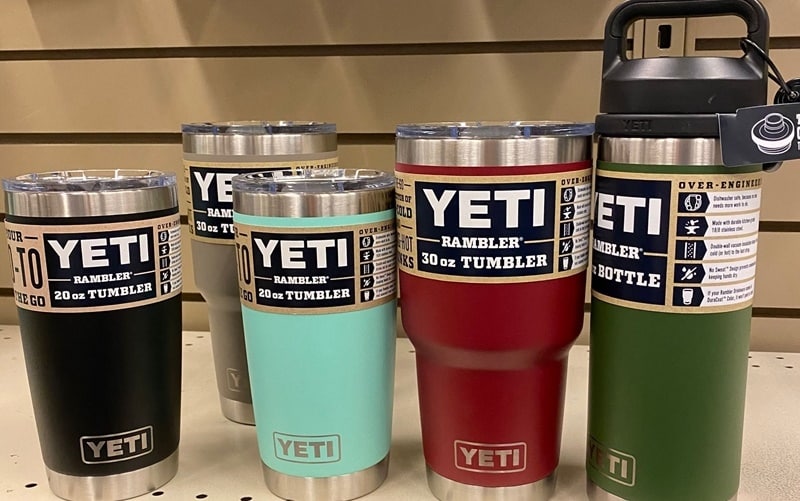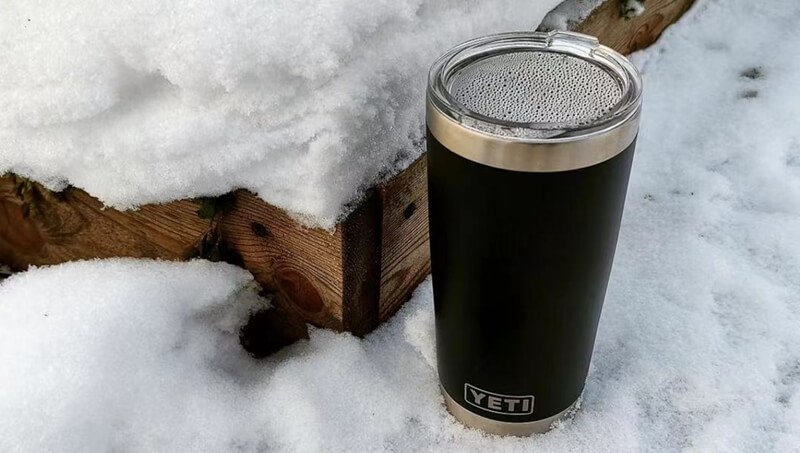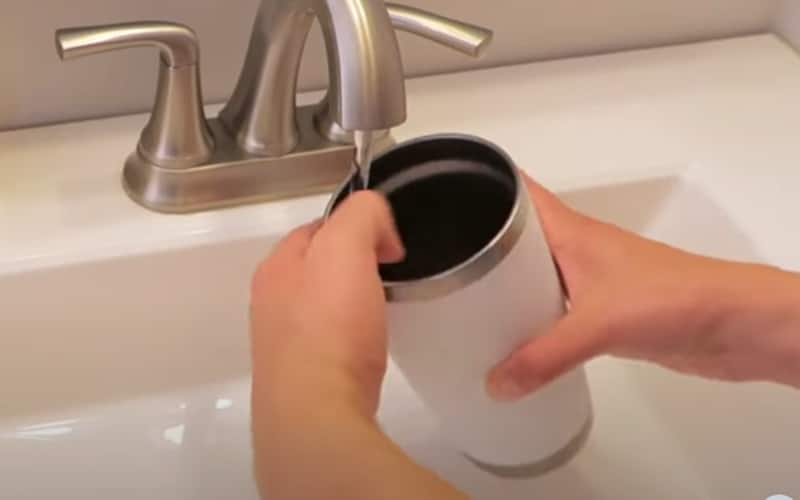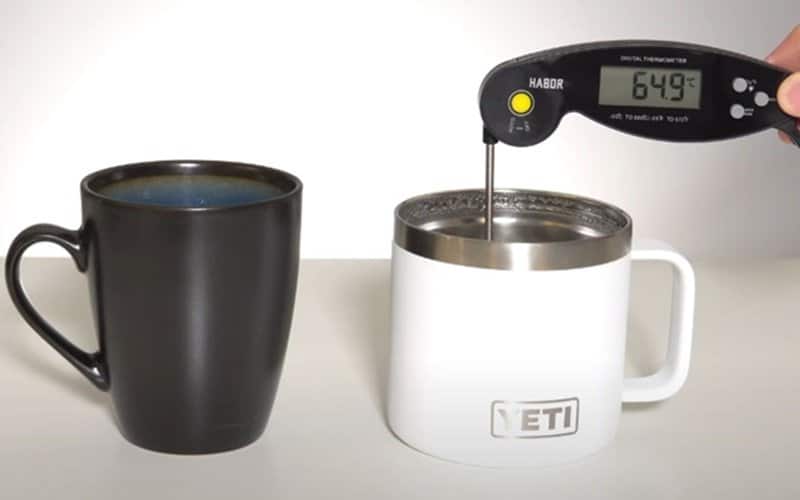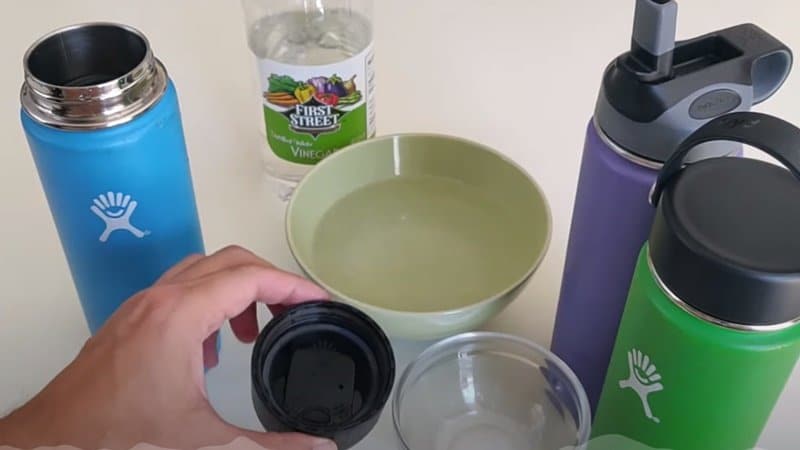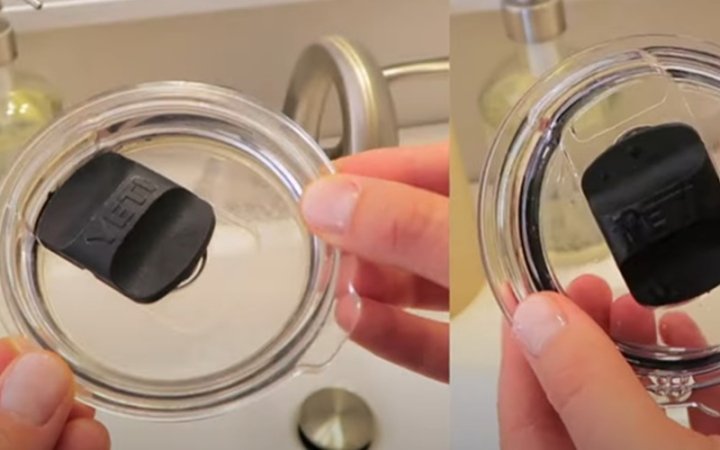Can You Microwave Yeti Cups? Safety Tips & Alternatives for Heating Beverages
Last Updated on March 11, 2024 by Tina ShaoYeti Cups and other vacuum-insulated stainless steel tumblers have gained popularity due to their ability to keep beverages hot or cold for extended periods. However, many people wonder if it’s safe to microwave these cups to heat their drinks directly.
The simple answer is: You can not microwave Yeti Cups.
In this article, we’ll explain why microwaving Yeti Cups is not recommended, the potential risks involved, and provide safe alternatives for heating your beverages before transferring them to your Yeti Cup for optimal temperature maintenance.
Why Can’t You Microwave a Yeti Cup?
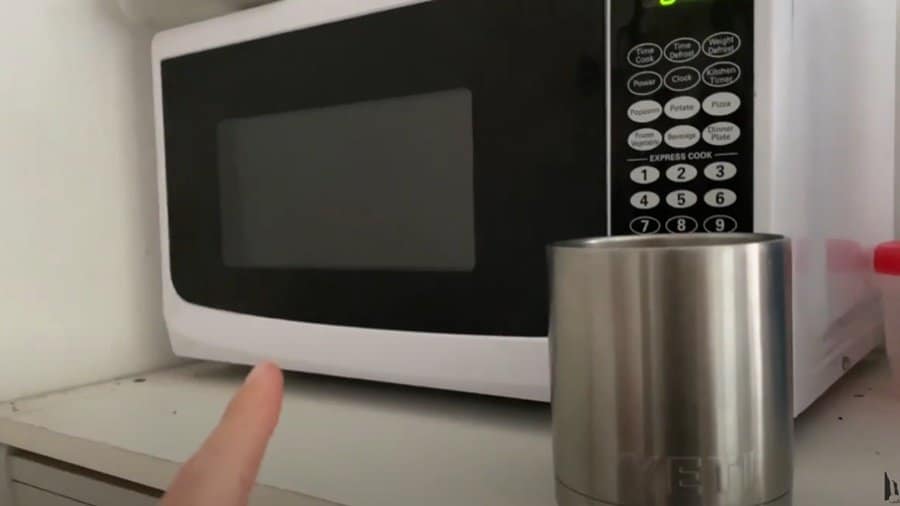
A Yeti Cup, or any other vacuum-insulated stainless steel tumbler, should not be microwaved for several reasons. These reasons primarily involve the material composition of the cup and the way microwaves work.
- Metal in microwaves: Microwaves heat food through the use of electromagnetic waves. When these waves encounter metal, like the stainless steel in a Yeti Cup, they can create electrical currents that cause the metal to heat rapidly. This can potentially damage the microwave and even cause a fire.
- Vacuum insulation: Yeti Cups are designed with double-wall construction with a vacuum space between the walls. This design helps maintain the temperature of the contents, keeping hot drinks hot and cold drinks cold. However, this same feature also makes them unsuitable for microwave use. The vacuum seal can be compromised by the rapid heating of the metal, leading to a loss of insulation efficiency.
- Non-uniform heating: Since microwaves primarily heat water molecules, the vacuum insulation in a Yeti Cup can prevent even heating of the contents. The metal walls can block microwaves from penetrating the beverage, causing hot spots and uneven heating.
- Damage to the cup: The rapid heating and electrical currents generated by microwaving a Yeti Cup can cause the metal to warp, potentially damaging the vacuum seal and other components.
In conclusion, microwaving a Yeti Cup or any other vacuum-insulated stainless steel tumbler is not recommended due to the risk of damaging both the cup and the microwave and the potential safety hazards. Instead, heat your beverage in a microwave-safe container and then transfer it to the Yeti Cup to enjoy a hot or cold drink for an extended period.
What Happens When You Put a Yeti Cup In The Microwave?
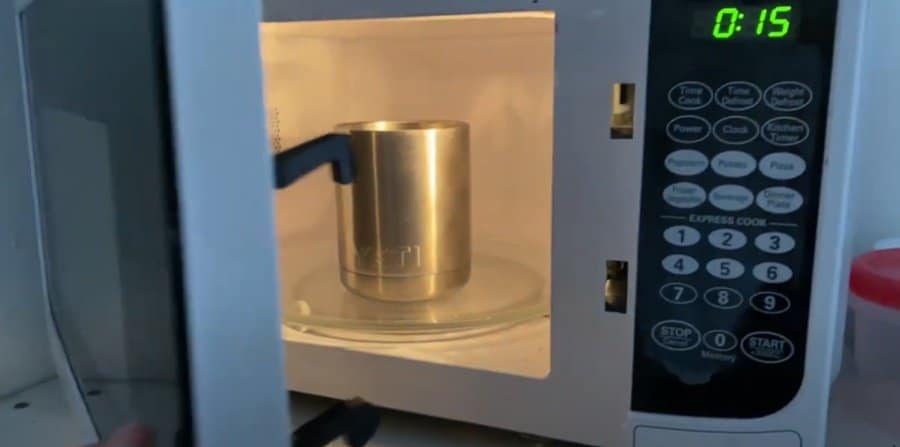
When you put a Yeti Cup, or any vacuum-insulated stainless steel tumbler, in the microwave, several undesirable outcomes can occur due to the cup’s metal and vacuum insulation properties. Here’s what can happen:
- Sparks and arcing: When microwaves interact with the metal in the Yeti Cup, they can create electrical currents. This can lead to sparks and arcing, where an electrical discharge jumps from the metal to the interior walls of the microwave. This can damage the microwave and even start a fire.
- Overheating: The electrical currents generated in the metal of the Yeti Cup can cause it to heat up rapidly. This can lead to the cup becoming too hot to handle and even cause the metal to warp or deform.
- Compromised vacuum insulation: The rapid heating of the metal walls can potentially damage the vacuum seal between the double walls of the Yeti Cup. The loss of vacuum insulation would render the cup much less effective at maintaining the temperature of its contents.
- Uneven heating: The metal walls of the Yeti Cup can block the microwaves from heating the beverage inside evenly. This can result in hot spots and uneven heating, which is not ideal for consuming the beverage.
- Damage to the microwave: Besides the risk of sparks and arcing, the metal in the Yeti Cup can cause damage to the microwave’s magnetron (the component that generates microwaves) or other internal components. This can lead to costly repairs or even replacing the microwave entirely.
Given these potential risks and negative outcomes, you are highly recommended not to microwave a Yeti Cup or any other vacuum-insulated stainless steel tumbler. Instead, heat your beverage in a microwave-safe container and then transfer it to the Yeti Cup to enjoy a hot or cold drink for an extended period.
Will a Yeti Catch on Fire In Your Microwave?
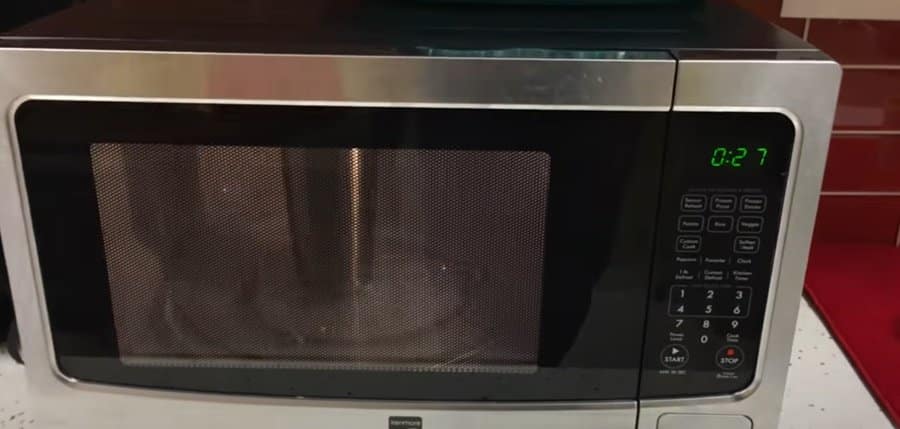
While it is unlikely for a Yeti Cup to catch fire in a microwave, it can still pose a risk due to the metal in the cup interacting with the microwaves. This interaction can lead to sparks, arcing, and overheating, potentially damaging the microwave and creating a fire hazard.
When microwaves encounter the stainless steel in a Yeti Cup, they can generate electrical currents that cause the metal to heat up rapidly. This can result in sparks and arcing, where an electrical discharge jumps from the metal to the interior walls of the microwave. A fire could occur if these sparks come into contact with flammable materials or ignite any grease or food residue inside the microwave.
Furthermore, the rapid heating of the Yeti Cup can cause the metal to become very hot, creating a risk of burns when handling the cup after microwaving. Additionally, the vacuum seal between the double walls of the Yeti Cup may be compromised due to the rapid heating, reducing the cup’s insulation efficiency.
It is highly recommended not to microwave a Yeti Cup or any other vacuum-insulated stainless steel tumbler to avoid these risks. Instead, heat your beverage in a microwave-safe container and transfer it to the Yeti Cup to enjoy a hot or cold drink for an extended period.
What to Do Instead of Microwaving a Yeti?
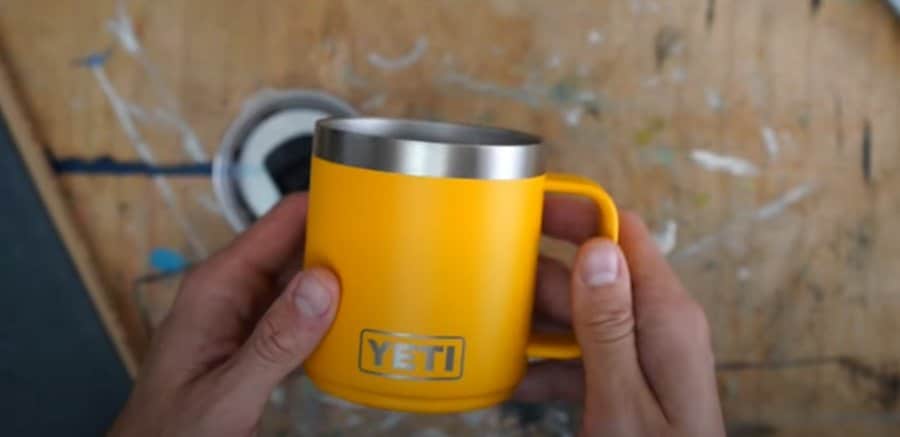
Instead of microwaving a Yeti Cup or any other vacuum-insulated stainless steel tumbler, you can follow these alternative methods to heat your food or beverage before transferring it to the Yeti Cup to maintain the desired temperature:
- Microwave-safe containers: Heat your food or beverage in a microwave-safe container labeled as microwave-safe, such as a glass, ceramic cup, or bowl. Once heated, carefully transfer the contents to your Yeti Cup.
- Stovetop: Warm your beverage, soup, or other liquid-based foods on the stovetop using a saucepan over low to medium heat. Stir the contents occasionally to ensure even heating. Once the desired temperature is reached, pour the heated contents into your Yeti Cup.
- Electric kettle: For hot water or tea, use an electric kettle to heat the water to the desired temperature, then pour it into your Yeti Cup and add your tea bag, coffee, or hot cocoa mix.
- Coffee maker: Brew your coffee using a coffee maker, and then pour the hot coffee directly into your Yeti Cup.
- Immersion heater: Use a portable immersion heater, a small heating element you can immerse directly in the liquid to heat it. This method is especially useful when traveling or when you don’t have access to a stove or microwave. Once the liquid is heated, remove the immersion heater and pour the liquid into your Yeti Cup.
Remember to exercise caution when handling hot liquids or foods to avoid burns or spills. Using these alternative methods, you can enjoy your hot or cold beverage in a Yeti Cup without damaging the cup or microwave.
Conclusion
Microwaving Yeti Cups or other vacuum-insulated stainless steel tumblers is not recommended due to the potential risks of sparks, arcing, uneven heating, and damage to both the cup and the microwave. To safely heat your beverages, use microwave-safe containers, stovetop methods, or other heating devices, and then transfer the contents to your Yeti Cup.


